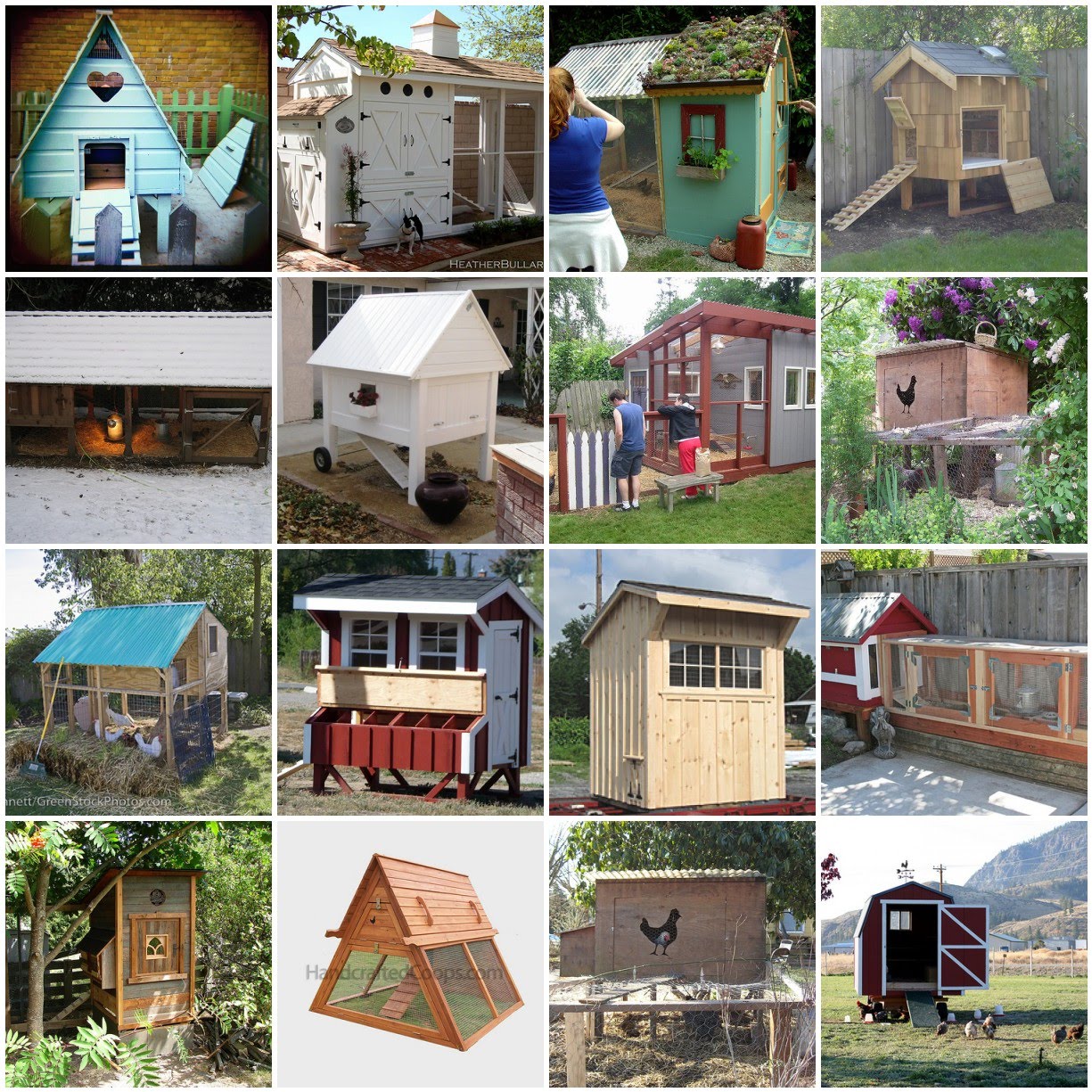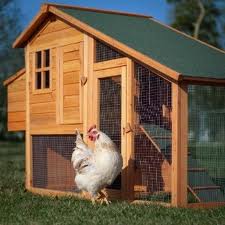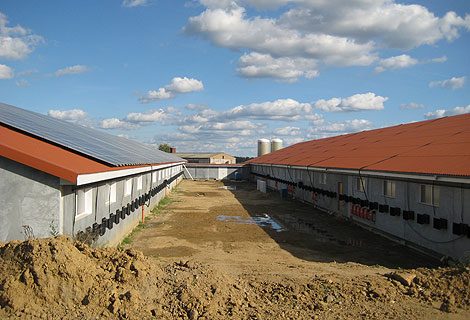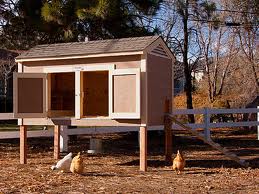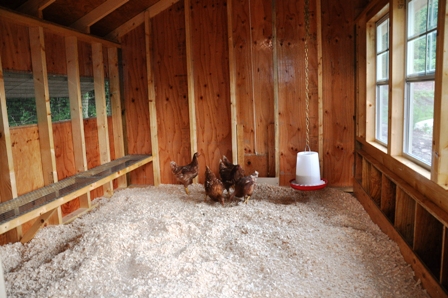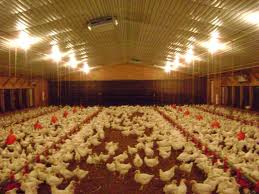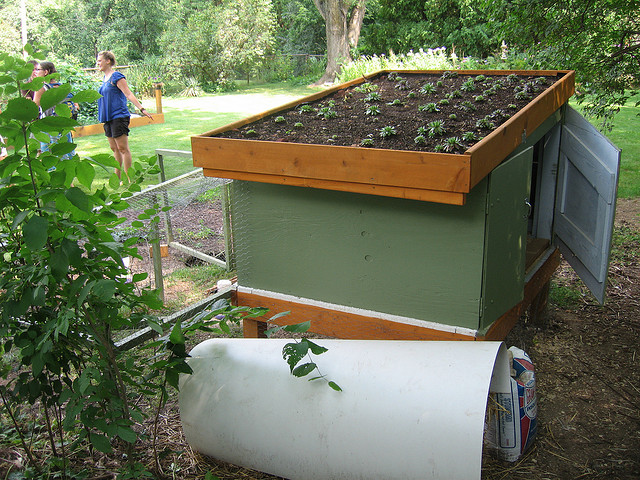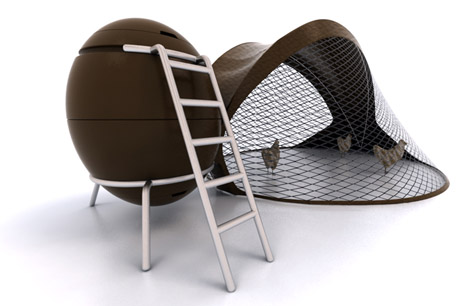The system of poultry housing to be adopted depends on category tage), type of birds,climatic conditions, capacity to invest and strength of birds. Sometimes combination of two or more systems is also followed depending on need and convenience of operations for fanning. Broadly, the classification or types of poultry housing systems is given in Flow chart FREE RANGE Rearing of poultry by letting …
Read More »Poultry Housing
Different Types Of Backyard Chicken Coops
When it comes to hen coops, then there are limitless number of ideas and chicken coop designs which you can use. Building the chicken houses is a process that should never be taken lightly, as the health and well being of the birds is going to be determined on the accommodation that would be provided to them. Some even say …
Read More »How to build/manufacturing hen house/chicken coop?
Chicken Coop Materials – Many Reasons Exactly Why Wood Is Actually A Chicken Coop’s Best Ally Chicken coops, like dwellings, perform best when they’re furnished with the right items. Low cost goods produce a terrible product. Great supplies provide a perfect unit. It truly is immensely important to acquire your own raw materials prepared sooner than you begin the process …
Read More »Environmentally controlled poultry shed/ House farming
So you have decided to have a poultry shed for rearing the farm animals. But the thing you must now is that animal domestication should be taken as a process, as it requires certain measures and strategies all of which are of extreme importance. The prime purpose of having a poultry shed is to help the animals adapt to humans. …
Read More »Different designs/diagrams of chicken coop
Bedding Material choices for Chickens Coop
Raising chickens is just like raising the little babies – they require extra attention, affection and care, indeed. When you see your baby chickens and the adult ones roaming here and there in the backyard, a strike of happiness comes out of the heart. My father was right; raising chickens is an interesting yet addictive hobby. My experience of raising …
Read More »A beginner guide for building a chicken coop
Masses in many countries are getting inclined towards the idea of backyard chicken coop. The idea of raising your own chicken can be used as a very interesting hobby and it also allows you to attain fresh eggs that these chickens produce. There are various aspects which you need to study about chicken coops to build the most suitable coop. …
Read More »Poultry Housing – The Basic Requirements to Consider/plaNning to build poultry house
Poultry Housing – The Basic Requirements to Consider Chicken farming has become a profitable business lately and its good to try it out. One factor to consider before any other is poultry housing. Every poultry production system must provide the most important requirements. Good examples include the following: Safety from weather: Domestic birds must be shielded from the cold, rain, …
Read More »Free green roof chicken coop plans – build one yourself
Since ages people have been raising chickens and cocks in their backyards; there are a number of reasons for indulging in this habit – many do it for their interests and for many it’s the source of income. Interestingly, the survey shows that this trend is getting popular over the years in both rural and urban areas. You must have …
Read More »8 Revolutionary chicken coop designs
Do you have a passion for poultry farming? Enjoy the benefits of the best chicken coop designs. Explore your poultry keeping options through the new and creative designs available at your disposal. Keeping poultry does not have to be stressful once you have mastered the art of backyard chicken coop designs. Chicken coops come in handy in poultry farming because …
Read More »
